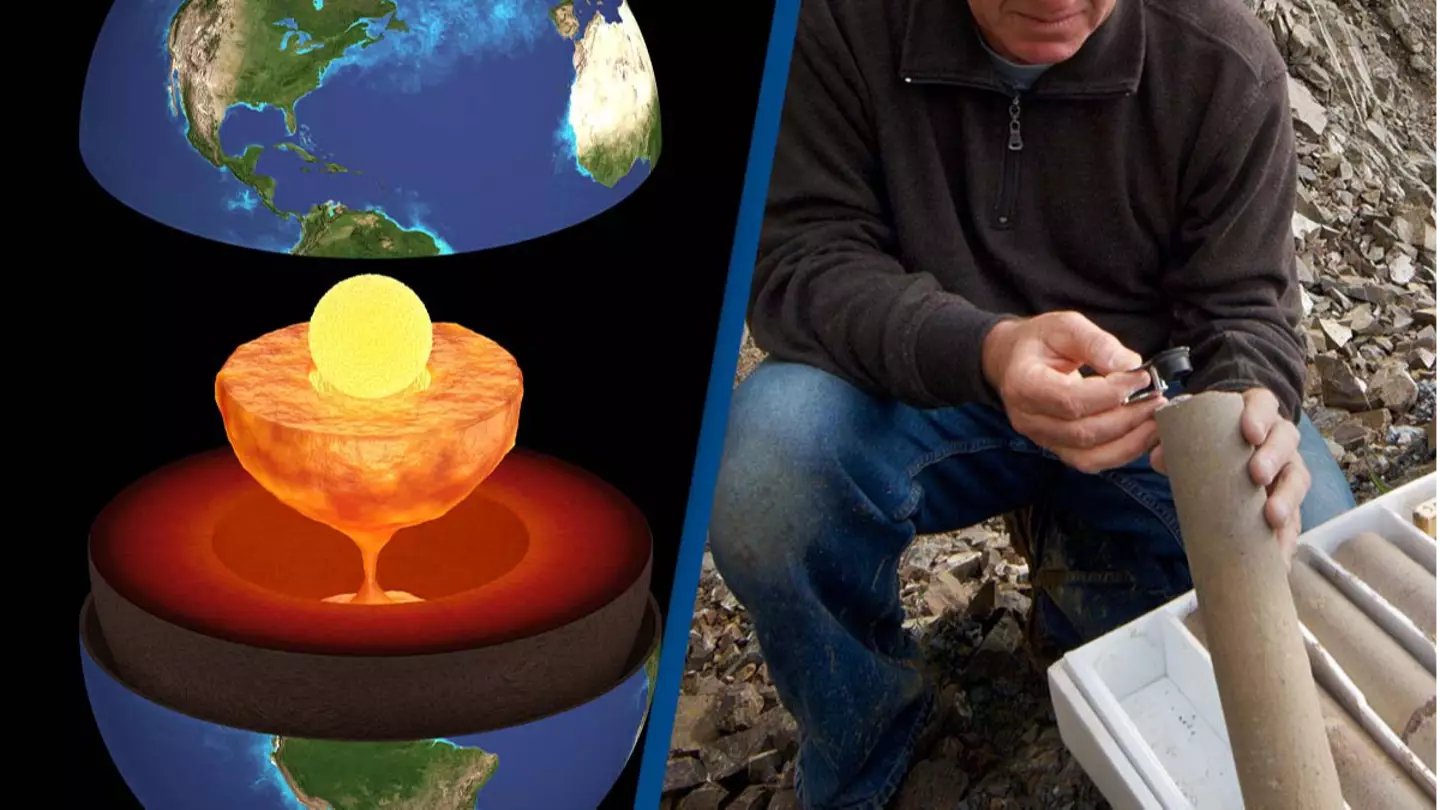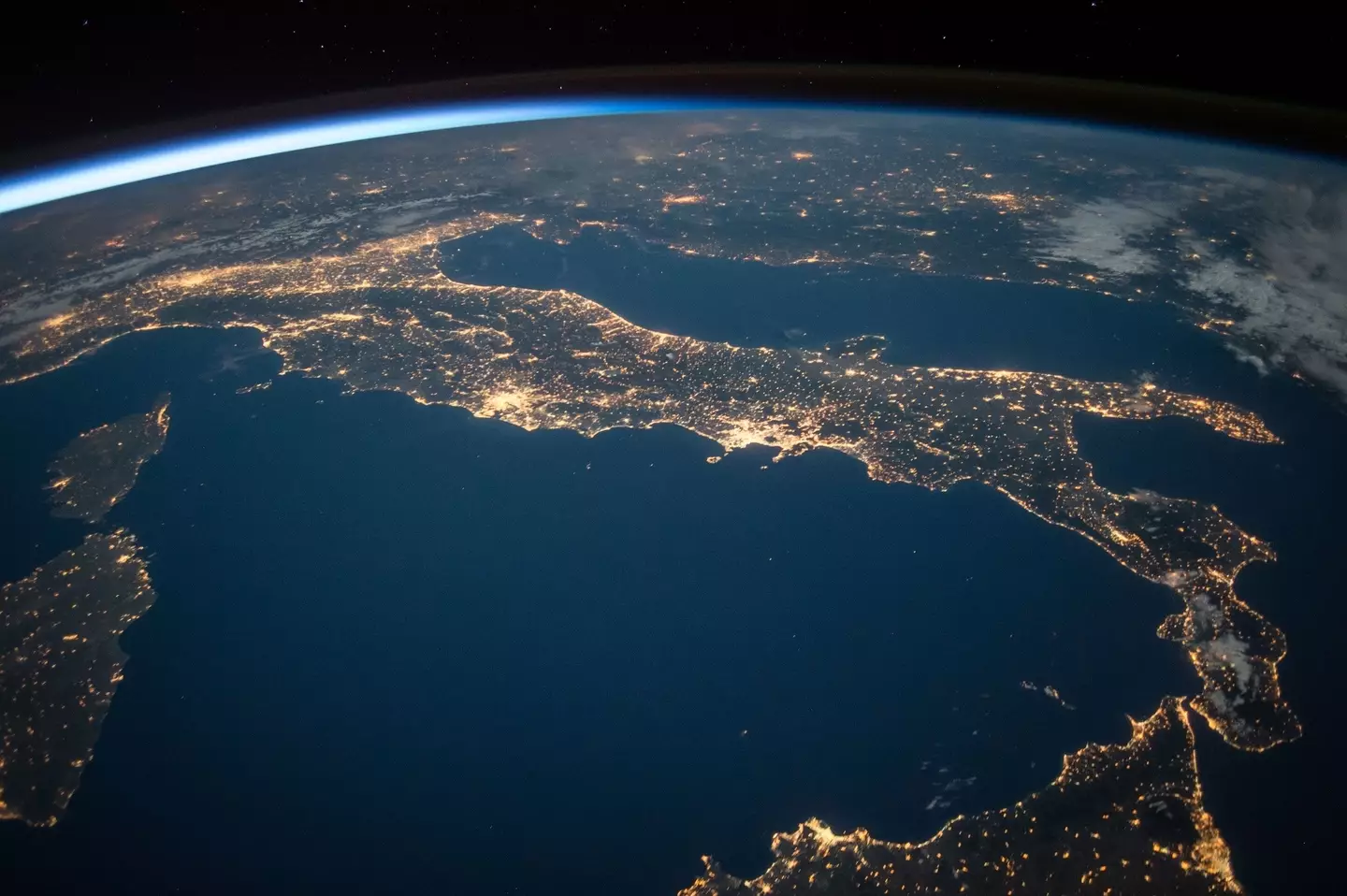
Scientists have discovered another core that sits within the Earth's inner core which could help us explain how our little blue planet became so habitable to life.
According to past studies, the size and nature of the potential 'fifth layer' of earth have been a matter of debate.
However, this new study has revealed that this innermost inner core (IMIC) of earth has a radius of about 400 miles, which is different from the rest of other planet's centre.
Advert
Scientists are especially intrigued as this discovery that can help open unexplored secrets, including new insights about the search for aliens on other worlds.
Pretty neat stuff.

Thanh-Son Phạm and Hrvoje Tkalčić, a pair of researchers at The Australian National University, revealed that they'd examined a specific set of earthquakes that sent 'seismic waves reverberating through the entire planet' back and forth, up to five times.
Advert
Luckily, the researchers were able to 'spot details about the core' that have never been seen before through these novel set of observations.
They said: “To our knowledge, reverberations from more than two passages are hitherto unreported in the seismological literature."
They added that this technique provides 'tools to constrain the IMIC properties because they sample the IMIC in an unprecedented fashion'.

Advert
Because of this, the team was able to confirm the 'existence of an IMIC', which was described as a 'solid metallic ball', and provide a new estimate of its size, at about 800 miles in diameter, which is slightly bigger than projections offered in past studies.
The process used to expose the IMIC was a 'previously unobserved and unutilised class of seismological observations'.
According to Phạm and Tkalčić, the inner core is less than 1 percent of the earth’s volume, and is a 'time capsule of our planet’s history'.
So, exploring the 'innermost part' of the core is critical to 'further disentangling the time capsule and understanding Earth’s evolution'.
Advert
They added that IMIC could be a 'fossilised record of a significant global event from the past'.
It is also believed that the discovery could help scientists reconstruct the 4.5-billion-year evolution of the core, which has played a major role in earth’s capacity to host life.
But that isn't the only advancement that has been made recently, as scientists have also explored a few interesting new studies about the earth over the past few weeks, in part due to advances in seismological studies.
Advert
Not only this, but the team found that the 'rotation of earth’s inner core might have recently paused and reversed direction', while also a new study that examines 'anomalies' at the boundary between the core and the mantle layer above it.
Topics: Science
